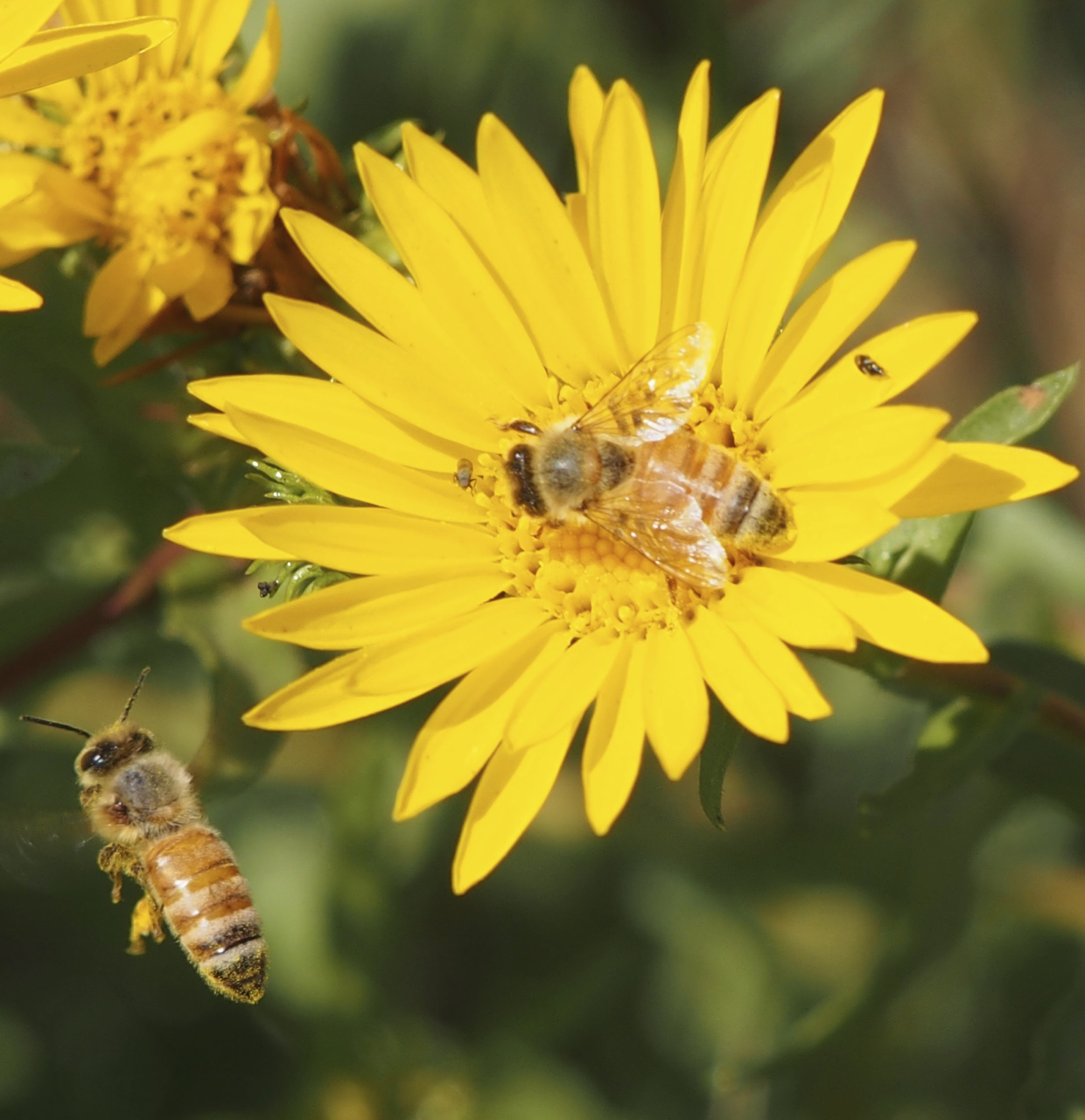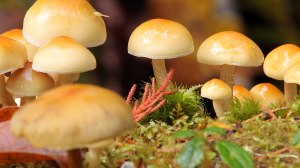
February’s Natural History Book Club selection is Feathers: The Evolution of a Natural Miracle by Thor Hanson. We will meet on Monday, February 22, from 3:30-5:00. Contact Jean at jltnatural@saveland.org to RSVP and for location.
Feathers are an evolutionary marvel, dating back more than 100 million years. This expansive natural history looks at feathers from many viewpoints–as insulation, as enabling flight, as protection, as adornment and beauty. Thor Hanson’s book is based on the research of ornithologists, paleontologists, biologists, engineers, and art historians. He combines personal storytelling with scientific information in a most entertaining manner. Hanson resides in the San Juan Islands. He spoke at the Port Townsend library recently about his latest book Seeds.
 We all love going out into our parks and wilderness areas with field guides to identify the buds, blossoms, leaves and berries of local trees and shrubs, but how do we identify those seemingly lifeless branches in the middle of winter?
We all love going out into our parks and wilderness areas with field guides to identify the buds, blossoms, leaves and berries of local trees and shrubs, but how do we identify those seemingly lifeless branches in the middle of winter? Our guide, Cheryl Lowe,
Our guide, Cheryl Lowe,  Chris at
Chris at 



 We looked at the features that distinguish one mushroom from another and tried our hand at identifying some of the common species we found. We learned some ecological roles and astonishing facts. We dressed for the weather and uneven terrain.
We looked at the features that distinguish one mushroom from another and tried our hand at identifying some of the common species we found. We learned some ecological roles and astonishing facts. We dressed for the weather and uneven terrain.